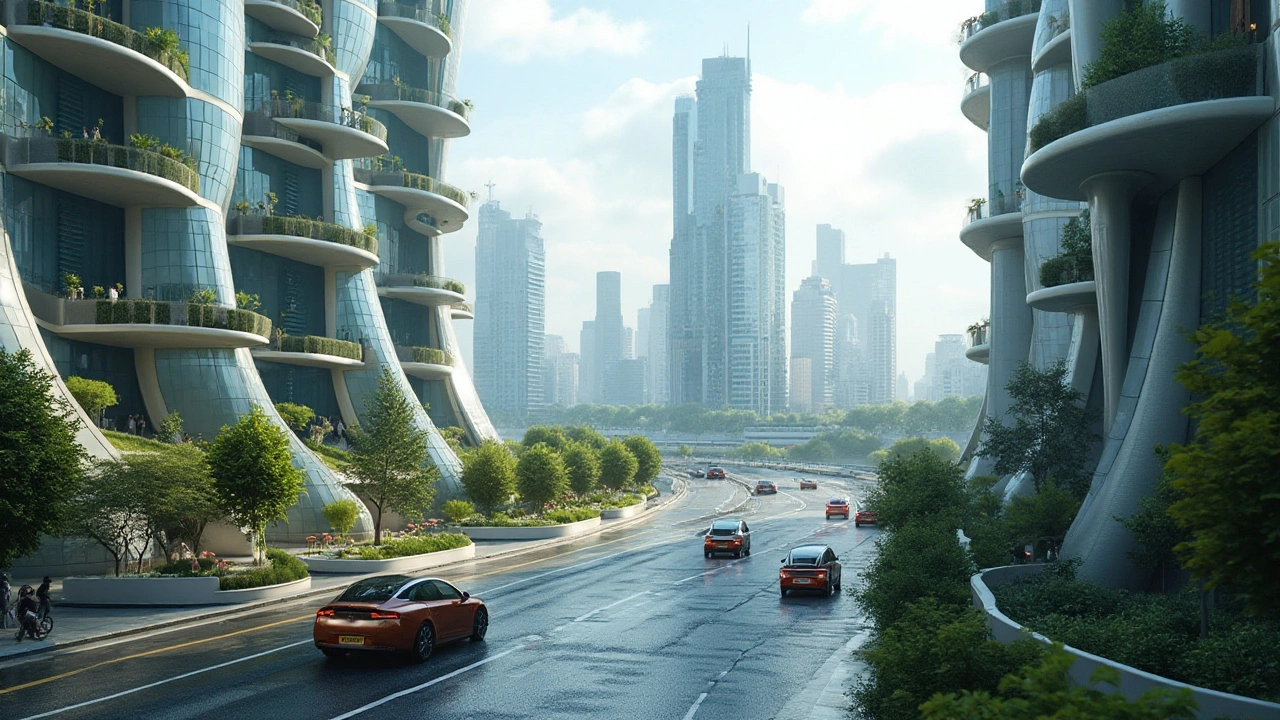Futuristic Art: What It Looks Like and Why It Matters
Imagine a painting that shifts when you walk by, a sculpture that breathes, or a digital canvas that learns your mood. That’s futuristic art — a hands-on mix of tech, fresh materials, and design choices that push the idea of what art can be. This tag collects work that feels like tomorrow: AI-generated pieces, immersive VR rooms, kinetic sculptures, light installations, and architecture that reads like science fiction.
Futuristic art isn’t one style. It’s a practical response to new tools. Artists use code, sensors, LEDs, living cells, and augmented reality to make pieces react, change, or evolve. You don’t need a tech degree to enjoy it; knowing what to look for helps you spot innovation and decide what matters to you as a viewer or collector.
Styles & Techniques to Watch
Digital and AI art: Algorithms create images and sounds. Some artists train models on old paintings to remix styles, while others write code that produces visuals in real time. These works often live online or in screens, but some are printed or projected into galleries.
Interactive and kinetic art: Sensors and motors let works respond to people. A piece might follow your movement, change color with sound, or rearrange itself. The best examples feel playful and make you part of the work.
Light and projection art: LEDs, lasers, and projections transform spaces. These installations can alter a room’s entire mood and are common at festivals and public events. They’re great for quick, memorable experiences.
Bio-art and new materials: Some creators use living cells, bacteria, or alternative plastics. Those works raise questions about life, ethics, and sustainability while offering surprising textures and behaviors.
How to See, Make, or Collect Futuristic Art
Seeing: Start with museum shows that spotlight media art, light festivals, and digital art fairs. Online platforms like curated NFT galleries or artist websites let you explore work in full detail. Watch short clips first — many pieces are best experienced in motion.
Making: You can begin with simple tools. Try generative art apps, basic Arduino kits for sensors, or free online AI tools that generate images. Small experiments teach you how interactivity and code affect the final piece.
Collecting: Decide if you want physical pieces, digital files, or experience-based work. Provenance matters: buy from known platforms, ask about ownership rights, and check how pieces are stored or displayed. For interactive works, confirm the tech needed to run them long term.
Futuristic art often sparks big questions about creativity, ownership, and the role of machines. If you’re curious, start by experiencing one reactive piece — a short visit can change the way you think about both art and the future.

Exploring Neo-Futurism in Modern Art and Architecture
Neo-Futurism represents a bold departure from traditional aesthetics, embracing the latest technology and innovative ideas to shape the future of art and architecture. This movement seeks to integrate sustainability and sleek design, often characterized by its dynamic forms and intricate detailing. By prioritizing ecological harmony and human-centered design, Neo-Futurism paves the way for urban environments that are both functional and inspiring. The movement challenges conventional thinking, inviting architects and artists to envision possibilities that extend beyond the present constraints. Discover how these visionary designs are redefining built environments and aesthetic values.
Read more